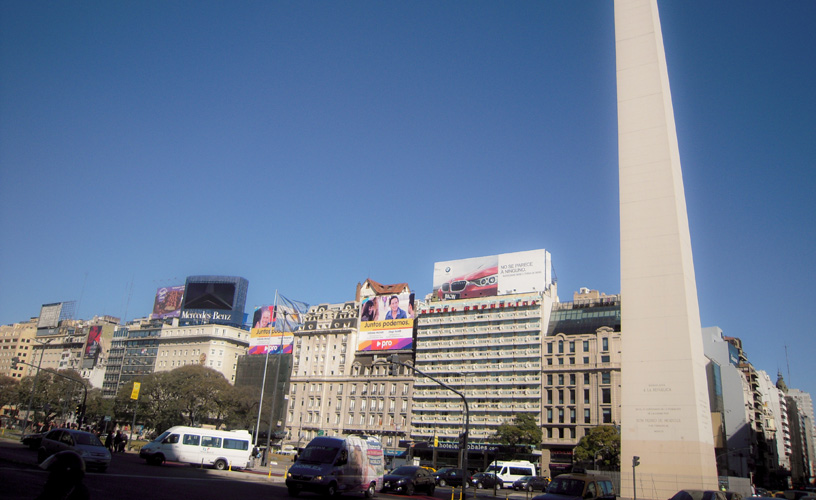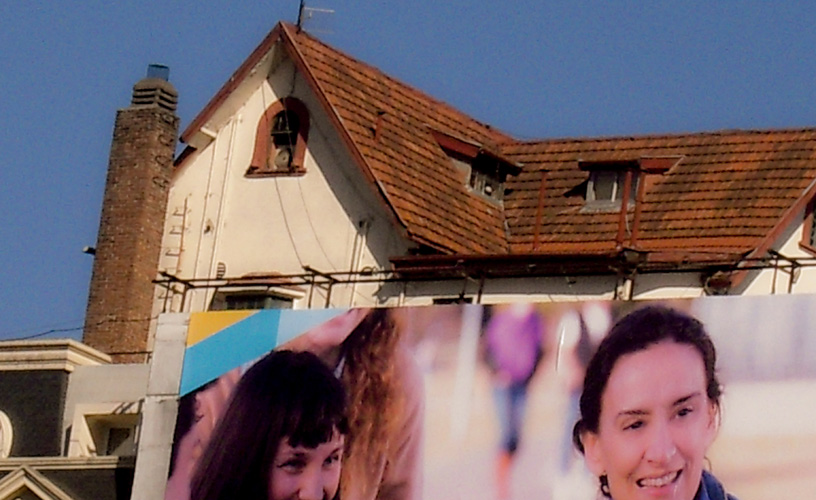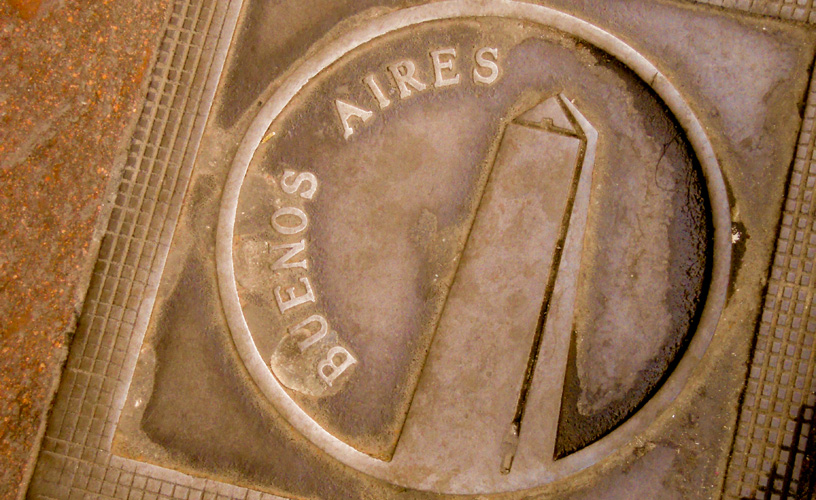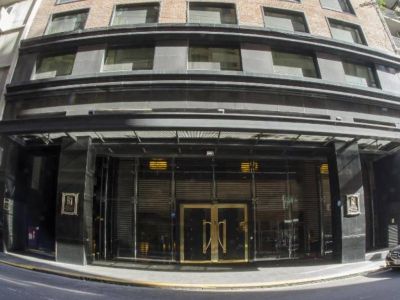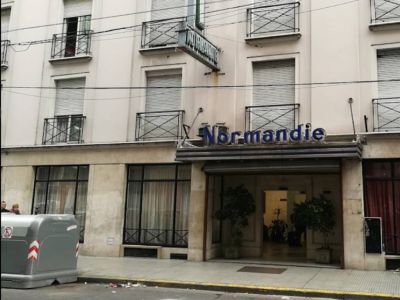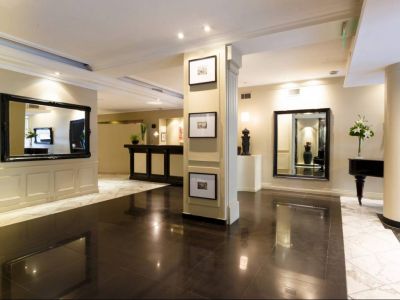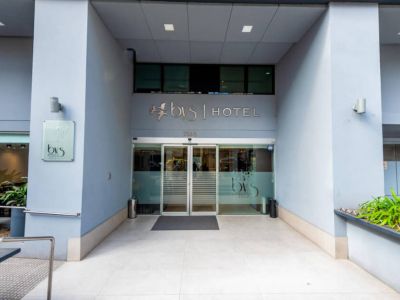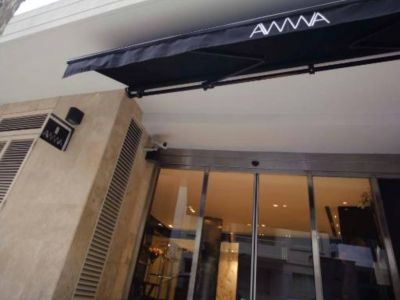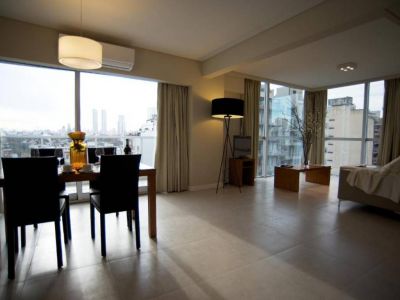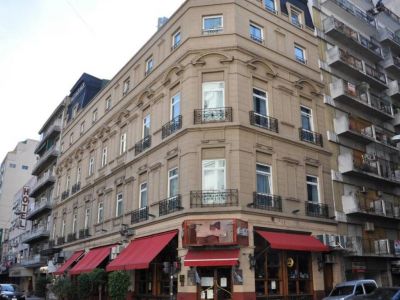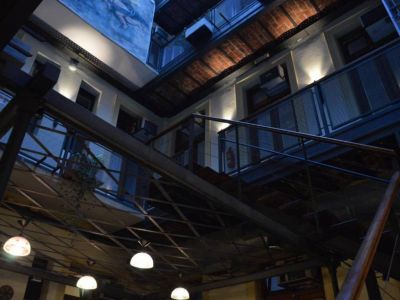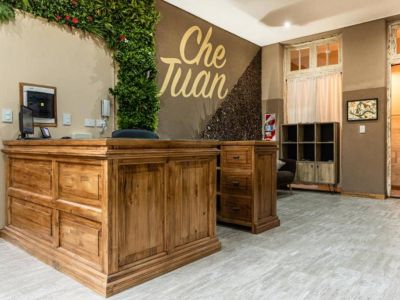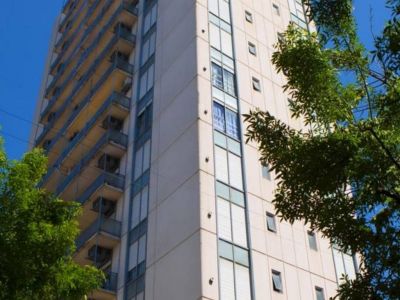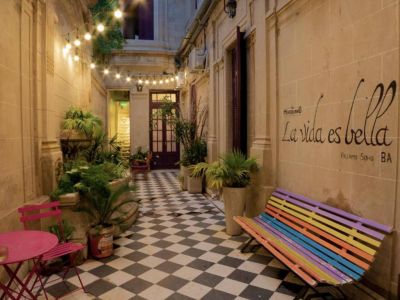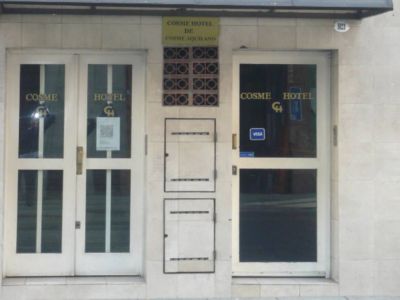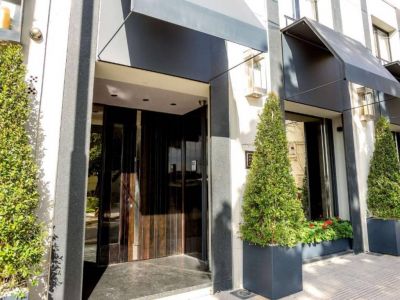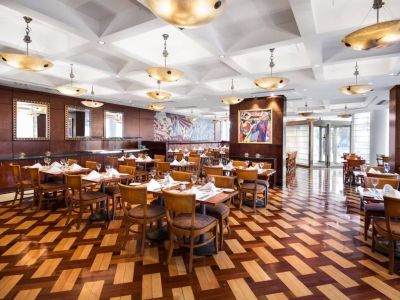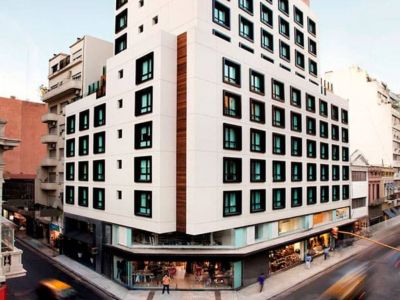A curious chalet is located on the terrace of a nine-story building, at 1113, Sarmiento Street. In spite of the fact that thousands of people go past this venue everyday, very few stop to watch it. It has been there for such a long time that its presence has become both natural and unnoticed.
The construction of the small chalet and of the entire building ended in 1927. It was carried out by Rafael Díaz, an immigrant from Valencia who arrived in Argentina in 1890. After multiple jobs, he joined a group of Spaniards and in 20 years he managed to found Muebles Díaz, pioneers in financed furniture sale.
He bet on the middle class and quickly became an industrialist. He sold his products both in his commercial venue and by catalog throughout the entire country. In a matter of years, he raised a building to exhibit the largest sample of furniture in Latin America. Each floor featured a different style.
A Small Chalet Overlooking the Obelisk
Back in those days, the Obelisk had not been raised yet nor had the broadest avenue in the world been laid out. The street was very narrow and hard to spot. Shortly afterwards, 9 de Julio Avenue was opened up and the small chalet not only became an excellent advertising means for his business but also a typical postcard of the City of Buenos Aires.
Rafael used the chalet to enjoy relaxed moments. He would go up there to have lunch and a nap until four in the afternoon. At the end of the day, he returned home in Banfield. He bought buildings, cinemas, theaters and hotels in Buenos Aires and Mar del Plata with the money he made selling furniture. One of these properties is Hotel Rivera, at La Feliz. It was a birthday present for his wife.
Rafael Díaz passed away in 1968, after spending the last years of his life in a wheel chair due to an illness. The business was left in charge of his children. In the late 1970s, the floors of the legendary building were rented for other purposes.
As the city developed and the neon signs covered up the heights, the chalet where Rafael used to spend his time at noon was gradually covered up. For many years, it was abandoned and hidden. It became the seat of a model agency and a photography lab.
Today, after so many years, a tile still reading Muebles Díaz on the wall overlooking Libertad Street together with a hand-painted tin sign still remain.
According to Mónica Abal, great-granddaughter of the pioneer and creator of Muebles Díaz, there is also an unpublished manuscript in which Rafael tells his life and speaks of the Buenos Aires he saw: a delightful city he used to watch from his chalet window.
Pablo Etchevers
Pablo Etchevers
